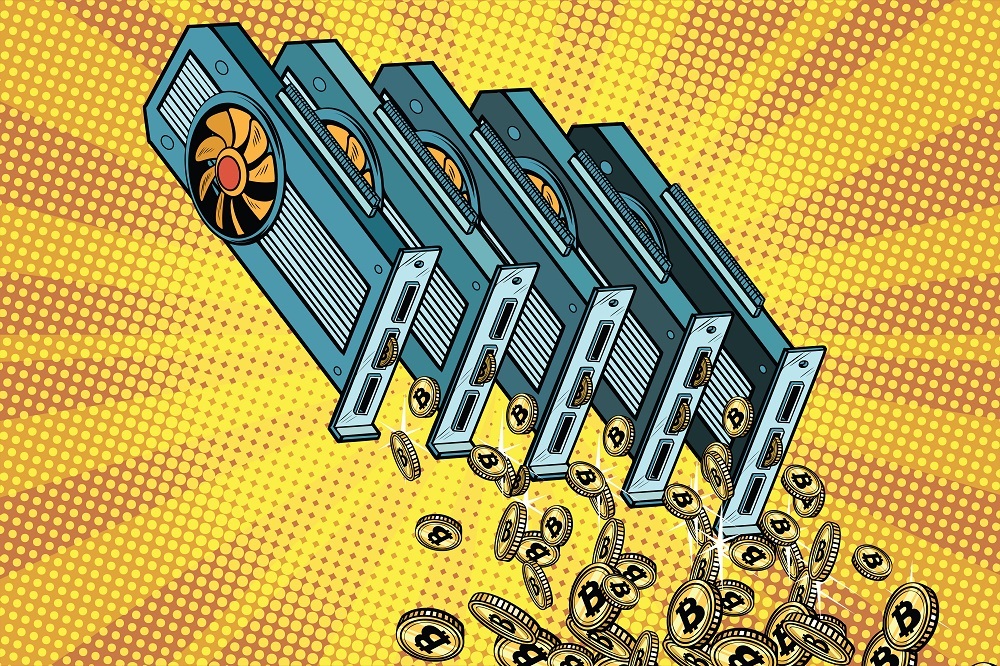Bitcoin Mining’s Most Surprising Haven – Your Local College Campus

A shocking percentage of crypto mining operations are located on college campuses. | Source: Shutterstock
CISCO’s Austin McBride delivered a shocking report at this week’s RSA Conference in San Francisco which claims that 22% of all crypto mining traffic comes from college campuses. Perhaps more interesting, CISCO found that 62% of all crypto mining traffic comes from the US. This is a shift from past years when Asian miners dominated the Bitcoin space.
Free Energy: Students Mine Bitcoin With An Edge

CISCO’s Umbrella product harvests such data. Umbrella helps large organizations monitor inbound and outbound traffic, including for suspected cryptocurrency traffic where it’s banned. When analyzing cryptocurrency traffic, they found that the top two sources are energy/utilities companies and college campuses.
McBride believes that since the traffic is “quite distributed,” lots of college students are probably running their own Bitcoin mining rigs, rather than through concerted efforts. Clearly, people living in college dorms are not responsible for their energy bills.
He says:
“You leave [the mining rig] running in your dorm room for four years, you walk out of college with a big chunk of change. So you can run your mining rig in your dorm or school library and not worry about those costs eating into your mining profitability.”
Minus the cost of the rig, it’s 100% profit – in cryptocurrency, at a time in many people’s lives when they don’t have to worry about other expenses, either. Will we see a large influx of enthusiasts as they graduate? Unfortunately, there’s no sign-up page besides Google search interest and traffic to websites like CCN.com.
Energy Sector Likely Rife With Cryptojacking

The thrust of McBride’s research focuses on the security of organizations, however, rather than the make-up of crypto mining. Thus, McBride notes that a lot of this mining traffic may be coming from infected PCs, especially at large organizations. He says:
“Some of the systems that run our grids and other utilities are purpose build and do not get software and hardware updates as frequently as a Mac or PC would. So, there is more of a potential for vulnerabilities being unpatched for some time and this makes it an attractive target.”
It would be interesting if energy companies intentionally diversified into cryptocurrency mining. They have a low overhead on the cost of electricity and a typical surplus thereof. There would be a distinct advantage over traditional mining outfits.
Universities likely sponsor at least some of the mining for research purposes. Many colleges have some form of crypto research initiative, MIT chief among them.
On the other hand, public sector workers have a long history of getting into trouble for mining crypto on the public dime. People in most major countries, from the US to China, have faced repercussions for mining using public resources. Easy access to free electricity is too tempting for those technically inclined enough to set up a mining rig, it seems. Like most criminal activity, for every person caught there are probably dozens who go under the radar.